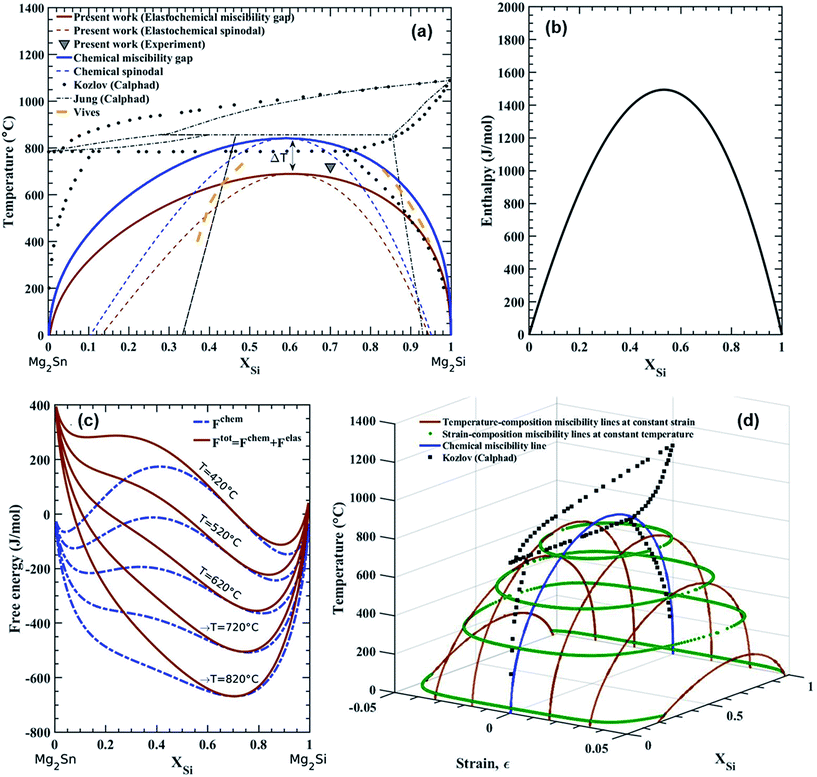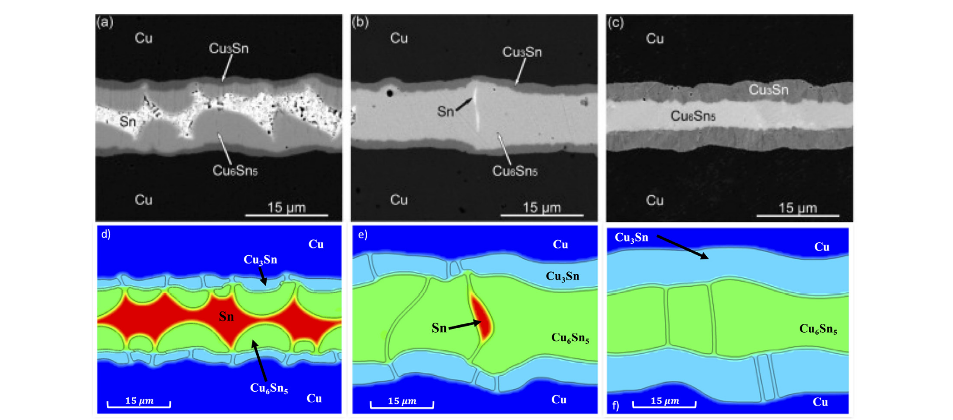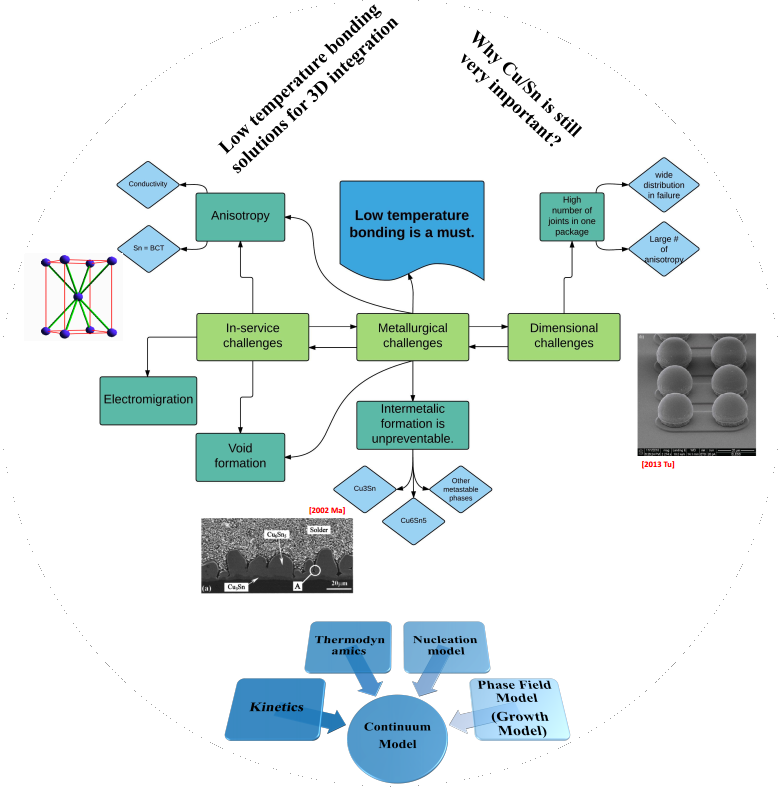Postdoctoral researcher
Arroyave Research Group, Texas A&M U.
Office: EIC bldg., room 113D
Phone:
E-Mail: attari.v@tamu.edu
Dr. Attari is a postdoctoral researcher in the Department of Materials Science and Engineering at Texas A&M University. He has a broad research background in computational materials that spans several disciplines in both academia and industry, focused on the future of electronic and energy materials. He holds a PhD degree in Materials Science and Engineering from Texas A&M, where he developed phase-field models of phase transitions in a number of key electronic (Cu/Sn/Cu interconnects), energy (Mg2SnSi thermoelectrics), and coating (Ti-based nitrides) materials. He has also created a large and diverse synthetic microstructure database utilizing the phase-field approach. This database along with several other microstructure datasets are currently curated at the Open Phase-field Microstructure Database (OPMD) and can be accessed via microstructures.net. He has bachelor’s and master’s degrees in Mechanical Engineering from Iran and Turkey, respectively. He is currently a member of the Chemistry and Physics of Materials Committee in The Minerals, Metals & Materials Society (TMS). He is also the current member of the board of directors of Electronic Device Failure Analysis Society (EDFAS).
Research Interests:
- Constitutive modeling of response of materials
- Phase field modeling and moving boundary problems
- 3D integration and advanced packaging
- Thermal transport and thermoelectric generators
- Beyond lithium ion batteries
- Acoustic metamaterials
Link to the Current Research:
Selected Publications:
Strain-induced Suppression of the Miscibility Gap in Nanostructured Mg2Si-Mg2Sn Solid Solutions
Su-in Yi , Vahid Attari , Myunghwan Jeong , Jie Jian , sichuang xue , Haiyan Wang , Raymundo Arroyave and Choongho Yu

(a) Calculated elastochemical miscibility gap versus the chemical gap showing the shift of the miscibility gap and spinodal lines due to the strain energy impact. Experimental data are taken from the literature. The parameters used in calculation of the elastochemical miscibility gap are summarized in Table 2. (b) Enthalpy of formation. (c) Total elastochemical energy curves versus chemical energies at 420 °C, 520 °C, 620 °C, 720 °C, and 820 °C. (d) The three-dimensional strain–composition–temperature phase diagram for the Mg2Si–Mg2Sn pseudo-binary system. The red and green lines are elastochemical miscibility lines whereas the blue lines are chemical miscibility lines. For comparison, the miscibility gap from Kozlov et al. is plotted.
Article title: On the Interfacial Phase Growth and Vacancy Evolution during Accelerated Electromigration in Cu/Sn/Cu Microjoints.
Vahid Attari, Supriyo Ghosh, Thien Duong, Raymundo Arroyave March 2018

On the interfacial phase growth and vacancy evolution during accelerated electromigration in Cu/Sn/Cu microjoints
Article title: Phase Field Modeling of Joint Formation During Isothermal Solidification in 3DIC Micro Packaging
Attari, V. & Arroyave, R. J. Phase Equilib. Diffus. (2016) 37: 469. doi:10.1007/s11669-016-0475-x

Link to cool stuff:

